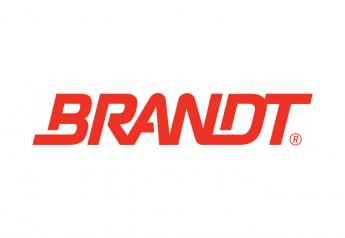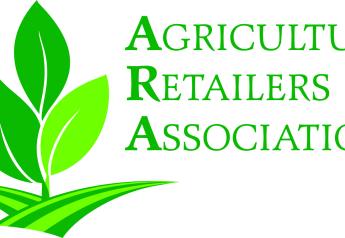Coalition Aims For Nutrient Stewardship With Farmer Economics in Mind
In February of 2018, 4R Plus was launched as a coalition of ag and conservation groups to form an all-encompassing campaign for farmers and crop advisers providing options to further reduce nutrient loss and improve water quality.
Ben Gleason, Iowa Corn’s sustainable program manager was on a recent AgriTalk broadcast to give some details about the effort. He says 4R Plus builds on the stewardship principles of 4R: right rate, right placement, right product, right timing, which are very important to meet water quality goals. And the “plus” part incorporates conservation practices which can help farmers meet Iowa’s nutrient reduction strategy.
Listen to the AgriTalk segment here:
Gleason says this project is very important as it is voluntary and proactive. He references the “paperwork and rigidity” of the regulations farmers and crop advisers have to meet in the Chesapeake Bay watershed as a potential outcome if farmers and crop advisers don’t engage now.
“We have great awareness of the water quality issues and the nutrient reduction strategy, but the next step is taking action,” he says.
Where to start? Gleason says farmers can and should start small.
“We try to not be restrictive in exact recommendations, and we try to provide options and encourage farmers to start small and experiment. When you change crop management by introducing these practices, there’s a good chance you’ll make mistakes. So start small and learn,” he says.
Here’s an overview video of 4R Plus:
And to learn more, click here.







